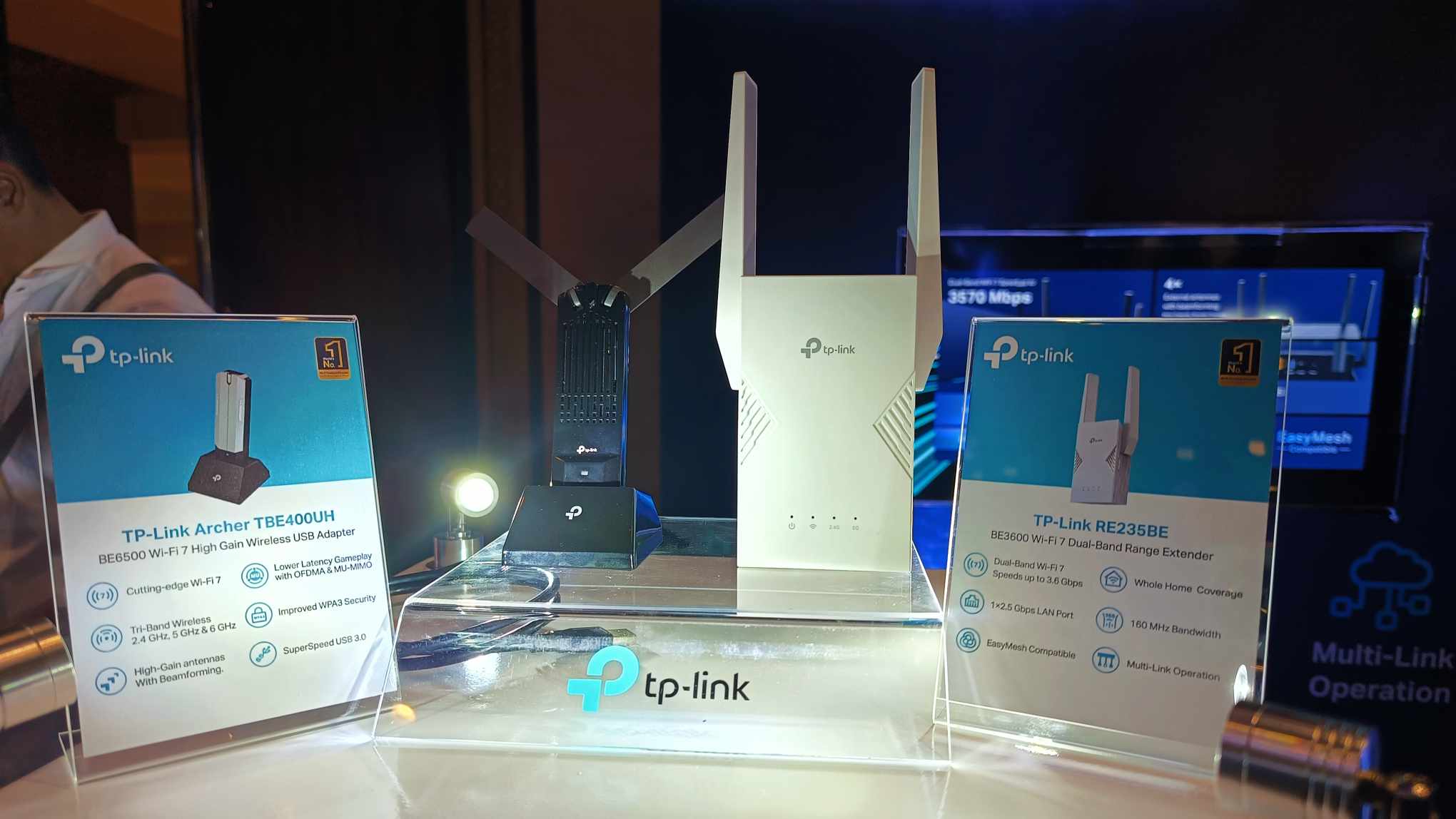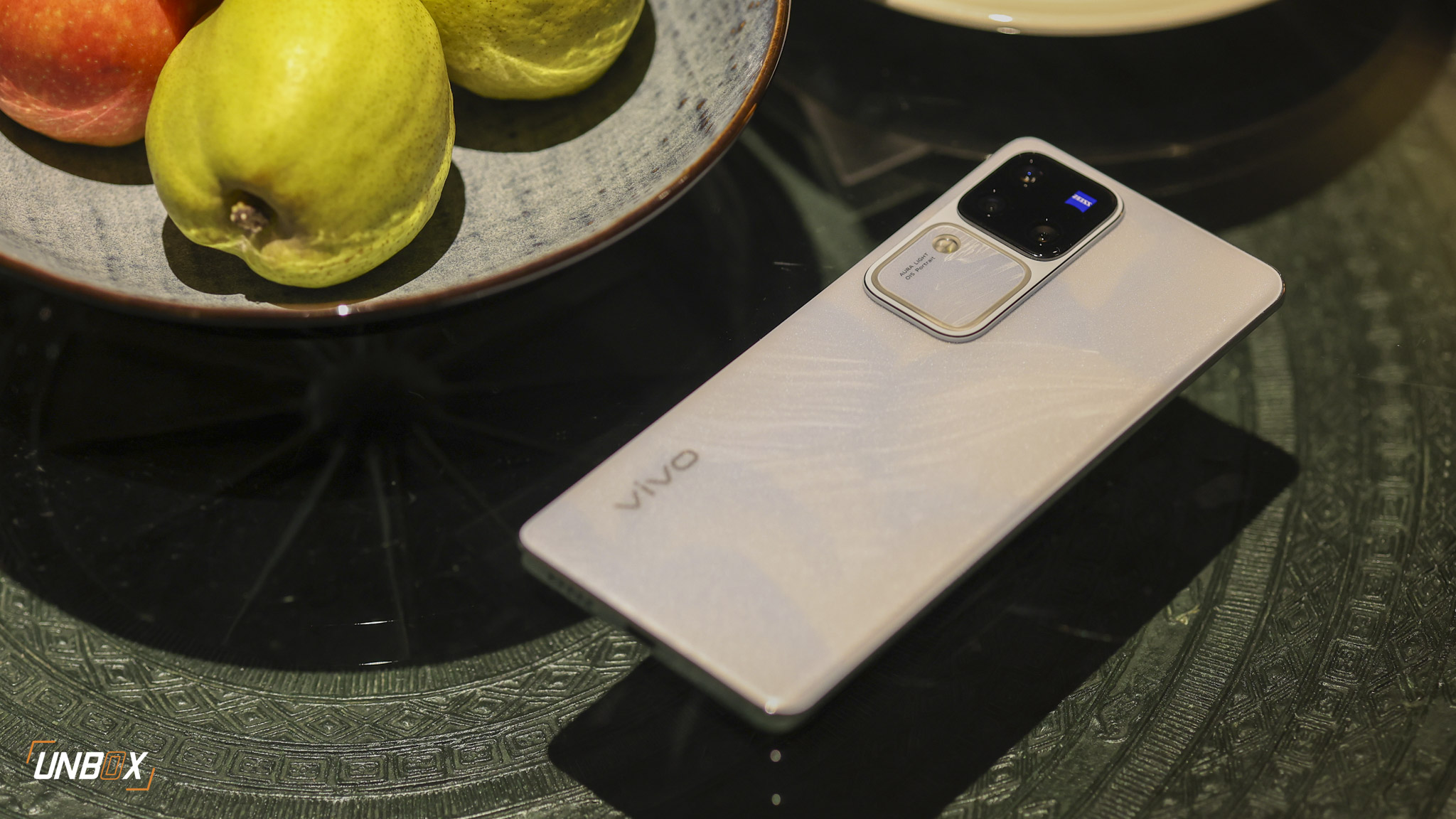The two can co-exist, to a degree
When Xiaomi announced that they would be entering the Philippine market, we knew right then and there that they would disrupt the local marketplace with their landmark pricing. That’s exactly what they did when they finally announced the local price of their flagship Mi 3 smartphone, delivering world class specs at just Php 10599, more than half the price of a similarly specc’d device from other brands, both international and local. And while the tech scene rejoiced at the prospect of being able to own a smartphone that could stand toe to toe with other brands’ flagship offerings (at more than half the price), many also said that Xiaomi’s pricing would spell the death of local and international brands.
Sorry to burst your bubble guys, but that’s not going to happen, at least not in the near future. Why? Well, there’s a couple of reasons.
First, Xiaomi doesn’t sell nearly enough phones to be able to make a large dent in the local marketplace, enough that local players will be run out of business. Now, it’ll be unfair to judge the company by their first shipment of phones in the PH, so we’ll go with the figures in Malaysia, a market that the company entered before setting up shop in the land of Balut. Xiaomi sold around 17,000 phones during three sales conducted last May 20, May 27 and June 17. It’s an impressive number for sure, but not enough to completely flood the marketplace. In sharp contrast, a relatively small local brand ships around 50,000 phones a month, and that’s on a slow month. Bigger brands ship 150,000 phones a month, and we heard that sales for a relatively big local brand managed to reach 750,000 units during a single quarter. Granted not all of those phones are as pricey as the Php 10599 Mi 3, but the numbers add up. Xiaomi is a victim of its own success here and abroad – because of their absolutely fantastic pricing, their phones are almost always sold out, and bigger markets like Malaysia and China, for example, get higher allocations of units compared to our relatively smaller market.
Secondly, there will always be people who don’t like to compete with other people to buy a product they want. We’ve spoken to a few people who, despite liking the overall specs of the Mi 3, will not participate in the flash sale. They feel that they shouldn’t be competing with other people for the chance to give a company their hard-earned money for a product. They’d rather go to a brand (local or international) that have stocks of their preferred smartphone, ready to go at a moment’s notice.
Thirdly, the chances of regular folks getting their hands on Xiaomi’s Mi 3 during their first flash sale is a bit slim. We’re not trying to discourage people here (we’re actually going to try our luck to get our own device because let’s face it, it’s really affordable), but it’s the truth. Again, Xiaomi is the victim of their own success here – if you want to own a Mi 3, you either have to be fast, lucky or both. 3,000 sets isn’t enough to satiate the number of users that are hungry for a feature packed smartphone that is only the quarter of the price of a regular flagship. A single look at the online traffic that their announcement generated at our site confirsm that there are a lot of users hungry for Xiaomi’s flagship smartphone. Unless Xiaomi has enough stock left over from the sale (which is highly unlikely, given how fast the phones sell out in other countries), you will really have to compete with other users to be able to buy it. Compared to other brands who have stocks for their smartphones (well, most of them anyway). There will be more flash sales for sure, but that brings us to another point….
Some people don’t like waiting. Whether it’s impulsive buyers or people who don’t want the cash to be re-routed to other things, there are some consumers who want a product, right here, right now. There are also people who want a device in their hands as soon as they buy it, which again, isn’t going to happen with internet sales. There’s also a gap between ordering your phone and actually getting it in your hands counted in days. Since we’re on internet sales, there will always be a subset of people who, for some reason, do not trust internet sales, even with reputable sellers like Lazada.
Ultimately, Xiaomi’s business model is a trade-off between a few things, and not everyone will like it. We think there’s room for Xiaomi to co-exist with other brands but there’s no denying just how disruptive their business model is. Of course, Xiaomi’s pricing will still affect the local marketplace for sure. Local and international brands now have to be more wary of the specs of the devices that they sell, as they will always be compared to Xiaomi’s Mi 3 (or whatever flagship they have at the moment), for better or for worse. We’ve already seen a couple of comments comparing Huawei’s G6 which we wrote a hands-on article to the pricing of the Mi 3, and how it’s a better smartphone for the money. That’s only going to continue moving forward, and hopefully this lights a fire under the brands to offer even better specs at even lower price points. Competition is always a good thing, and while Xiaomi’s entry to the market may not spell the death of local brands, it may just accomplish something far better.





































































